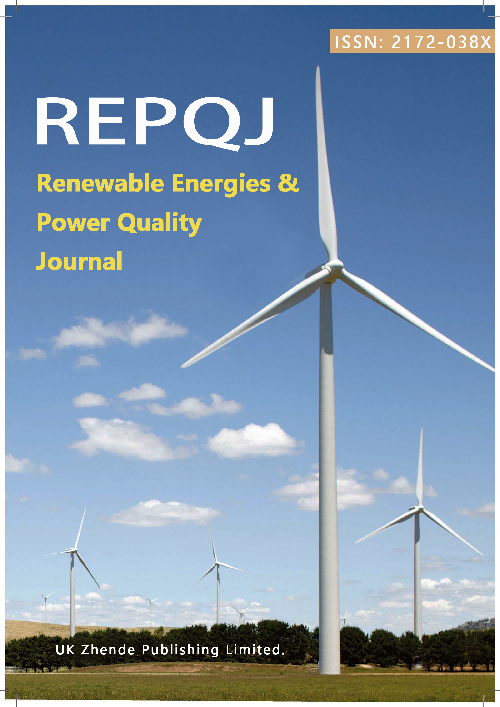Adaptive PI state control of a two-mass oscillator system for active damping of torsional vibrations in deep drilling technology
DOI:
https://doi.org/10.52152/4583Keywords:
PI state control, adaptive tracking algorithm, torsional vibrations, nonlinear friction, stick-slipAbstract
Torsional vibrations in deep drilling systems, suchas the nonlinear stick-slip effect, pose significant challenges to operational stability and tool longevity. Building on previously derived analytical setting formulas for Proportional-Integral (PI) state control, this paper applies them to a two-mass oscillator system, commonly used as a simplified model for deep drilling setups. The proposed approach leverages an adaptive algorithm that dynamically tracks the friction torque and adjusts the feedback vector according to the corresponding load input functions. Hereby, the torsional vibrations, induced due to the contact between the drill bit and the rock formation, have been modelled using the static friction (Stribeck) model and measured using different rock samples on a test rig in the form of a scaled-down drilling rig. By integrating these setting formulas with the developed adaptive mechanism, the controller ensures robust performance across a wide range of operating scenarios. Simulation results demonstrate the system’s ability to suppress torsional oscillations effectively, achieving significant vibration reduction without compromising the stability of the system. This research extends the theoretical foundations established in prior work and provides a robust framework for advancing vibration control technologies, contributing to safer, more reliable, and efficient operations in the energy industries.
Downloads
Published
Issue
Section
License
Copyright (c) 2025 Daniel Alexander Piontek, Alexander Oberland, Hans-Peter Beck, Dirk Turschner, Ines Hauer (Author)

This work is licensed under a Creative Commons Attribution 4.0 International License.











